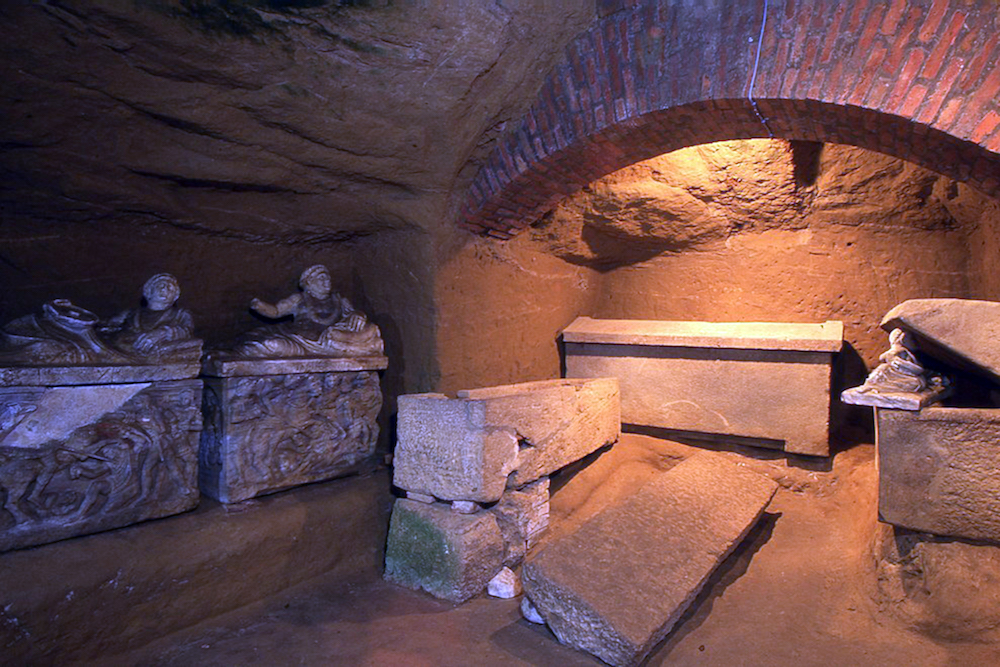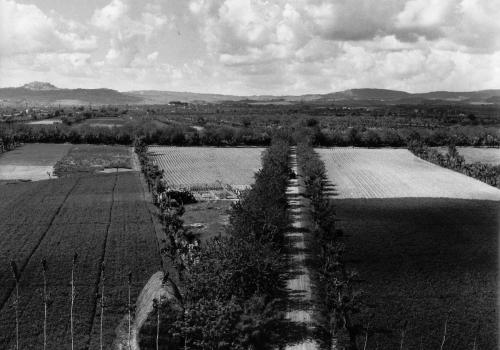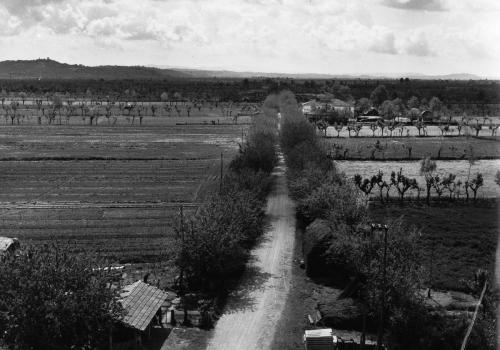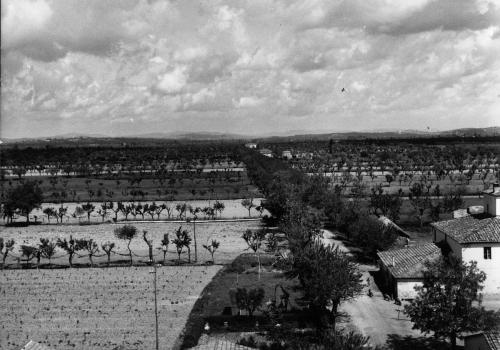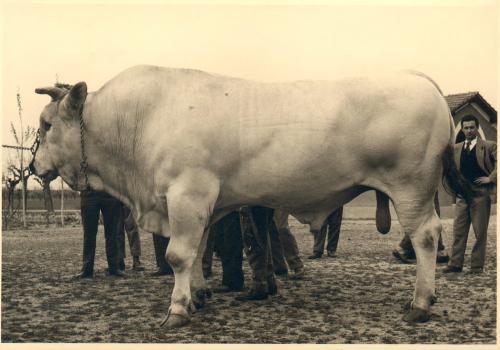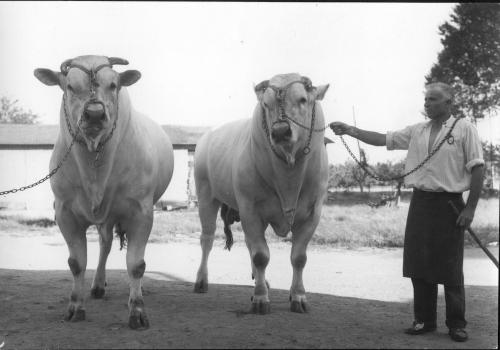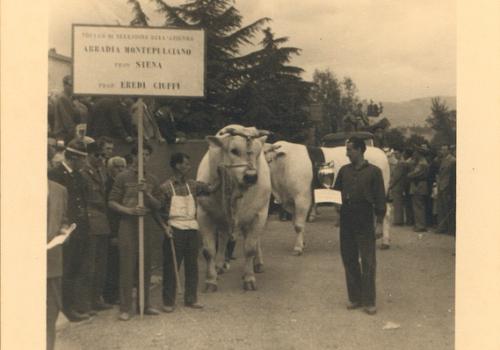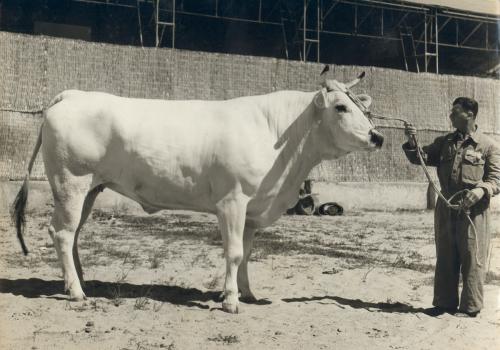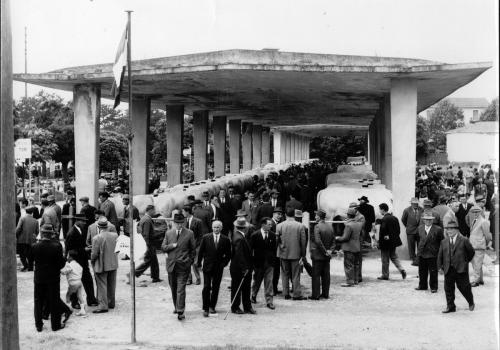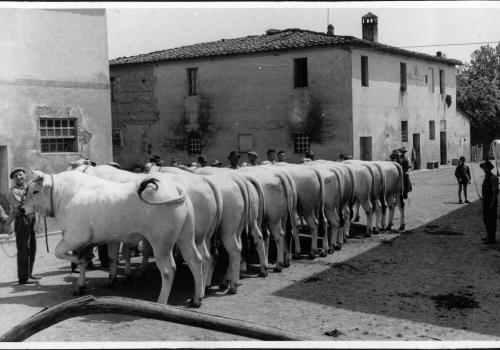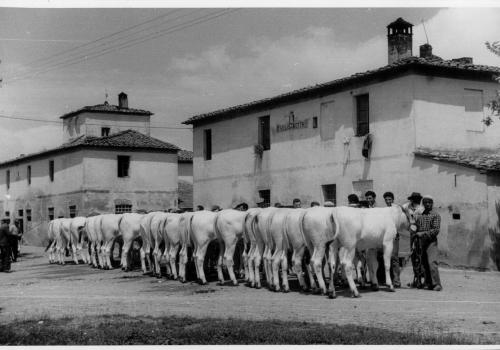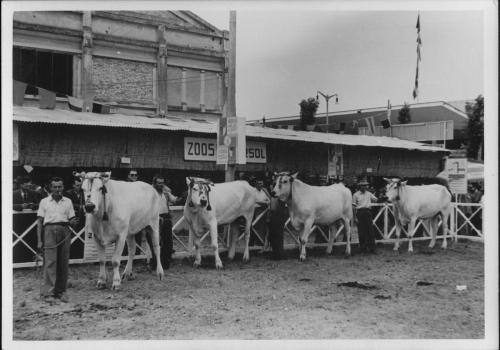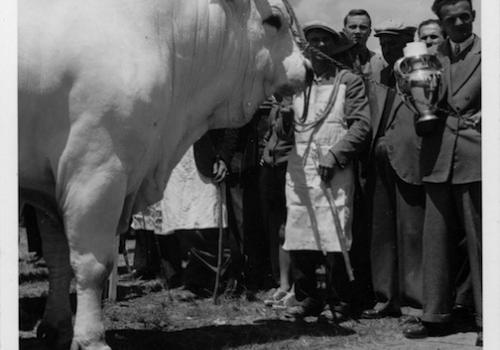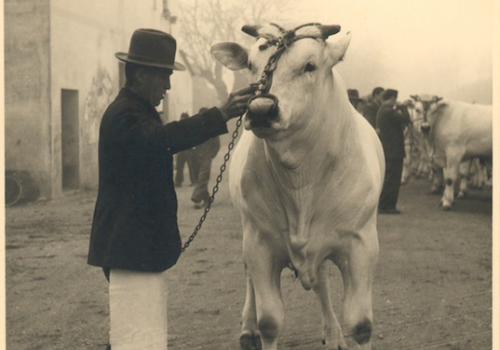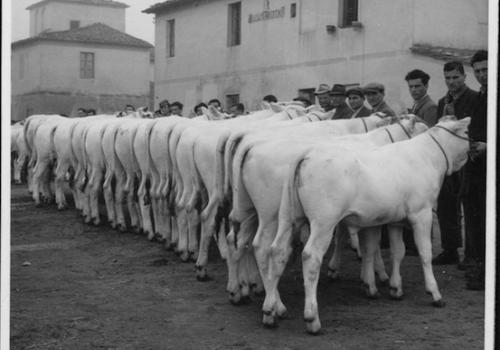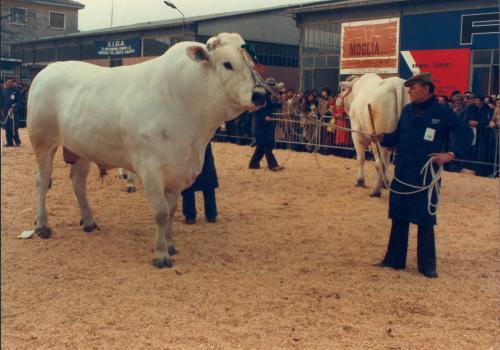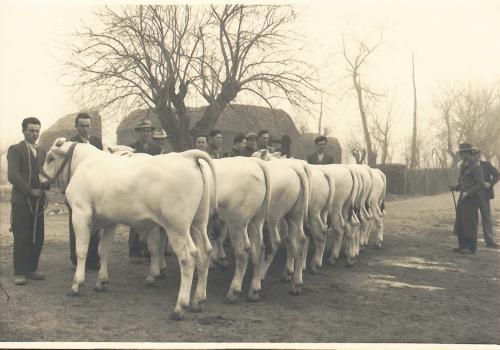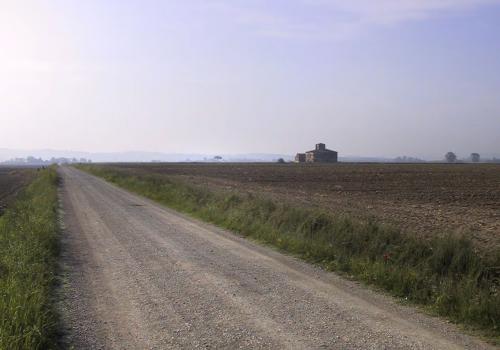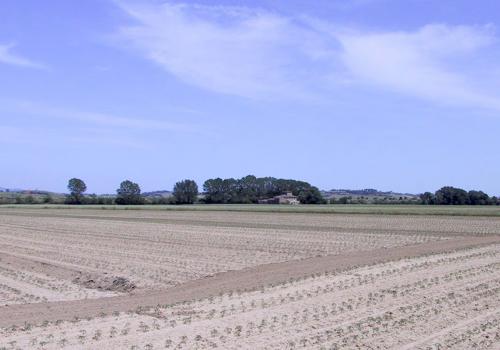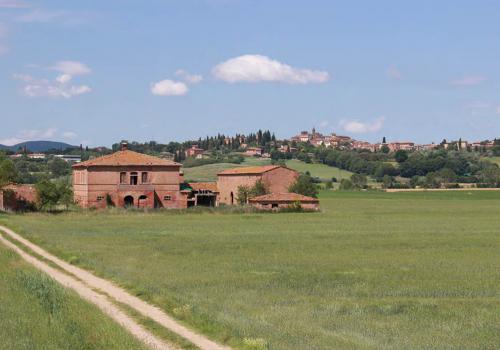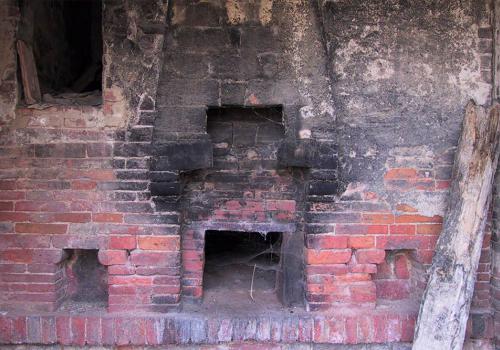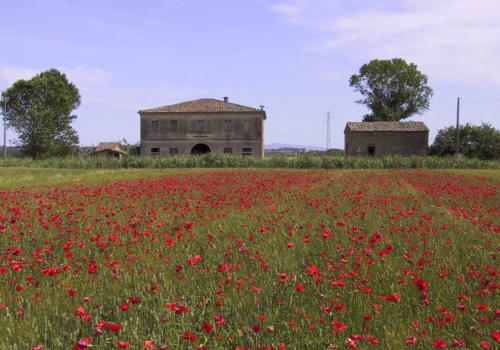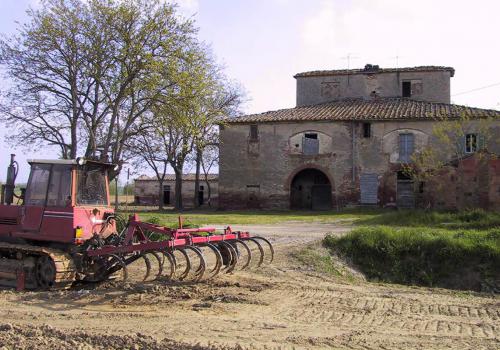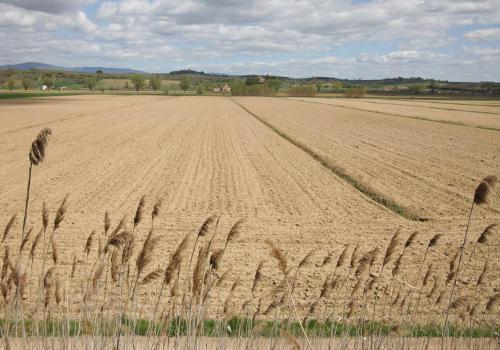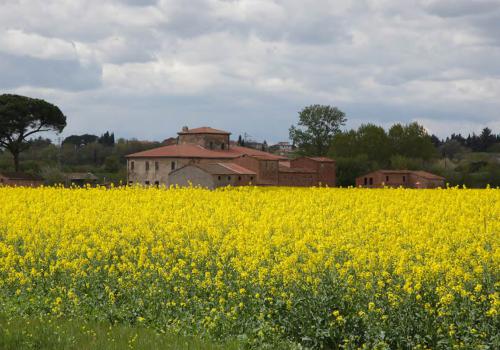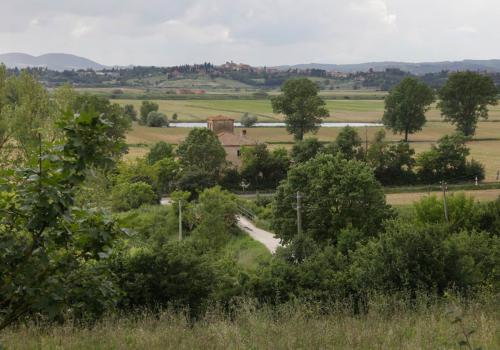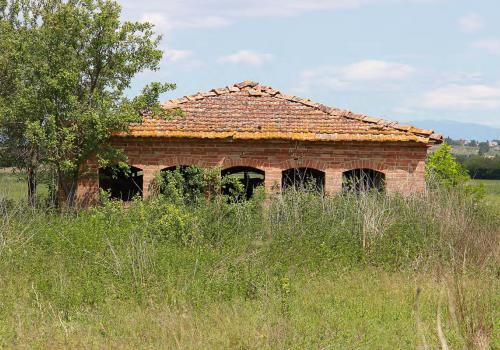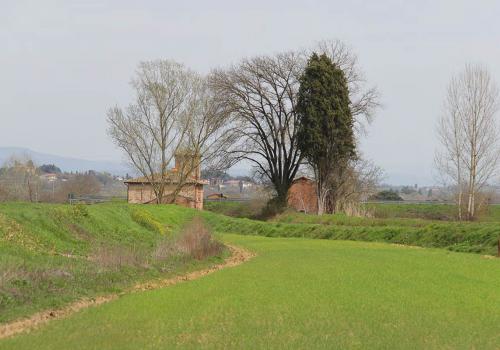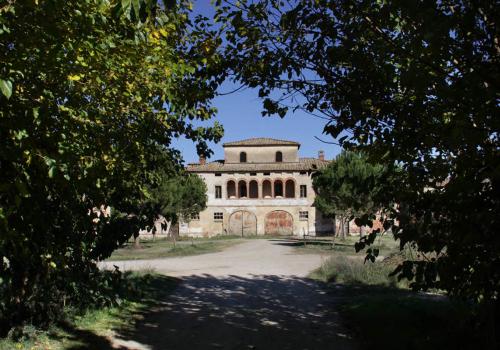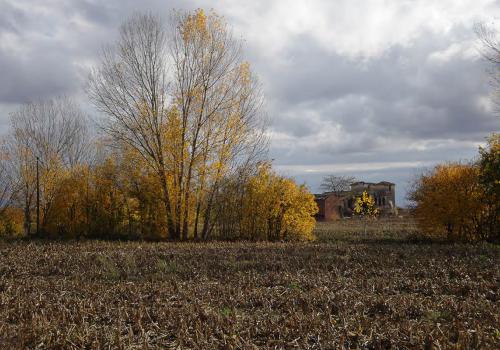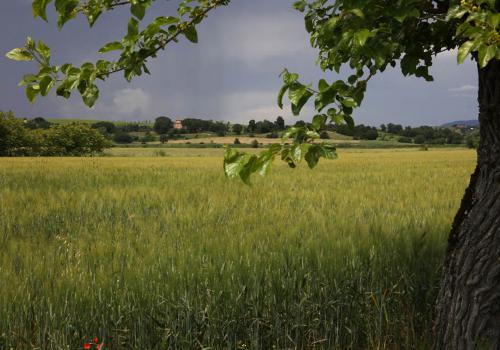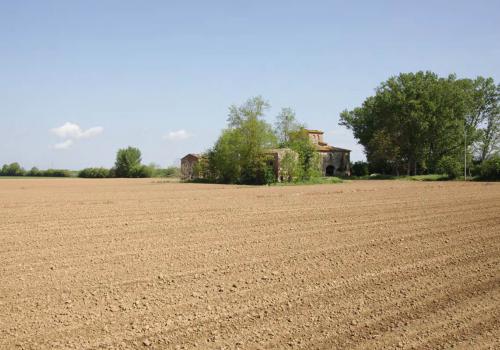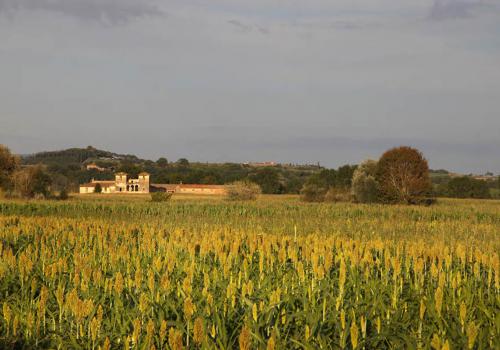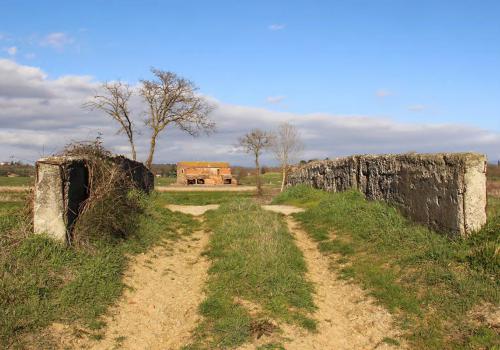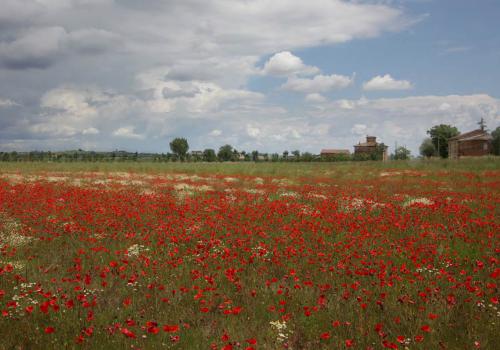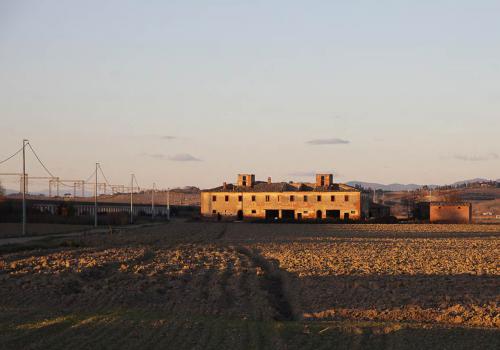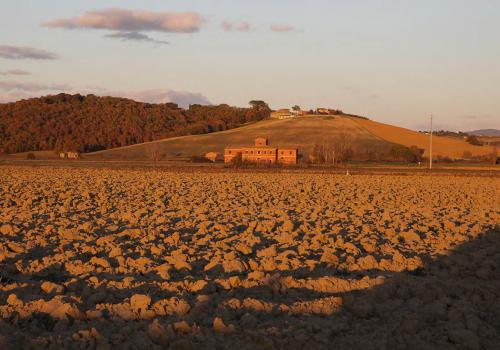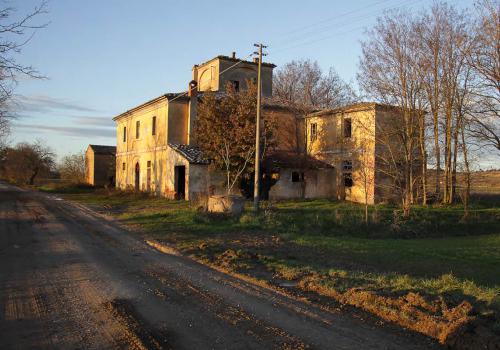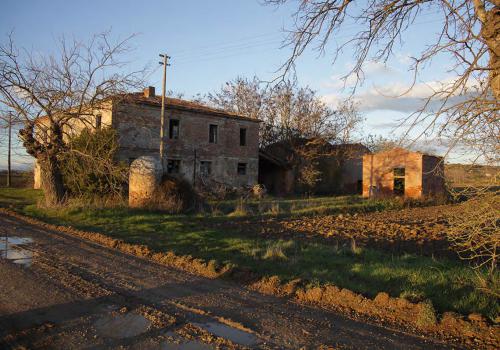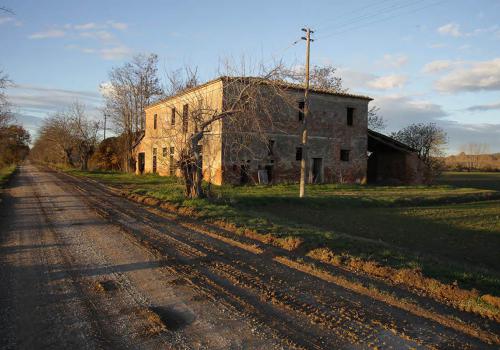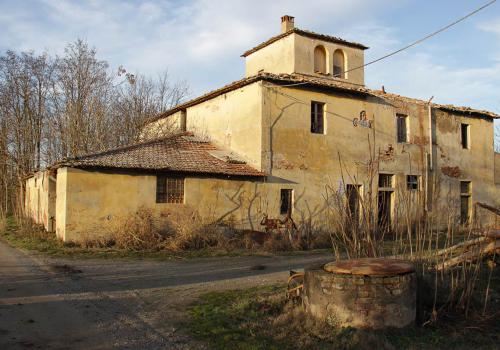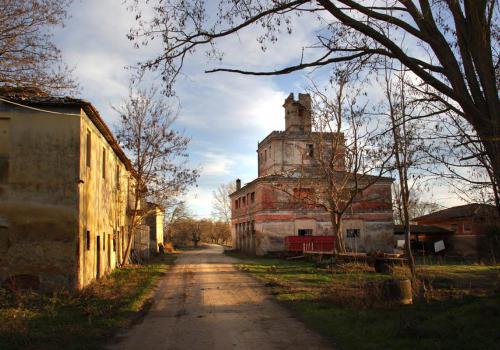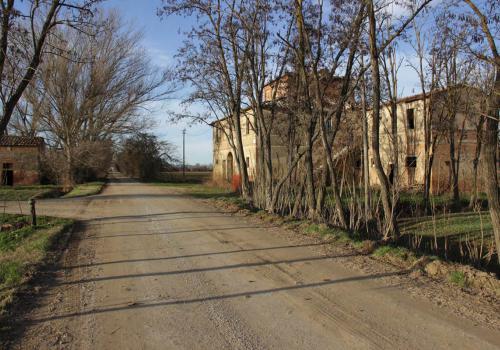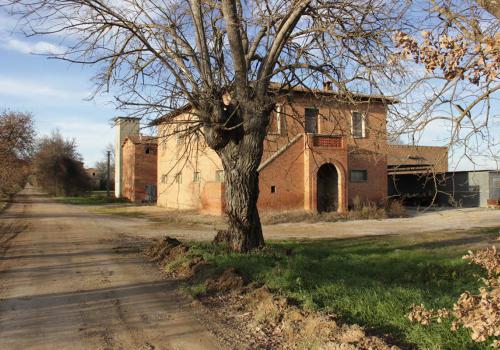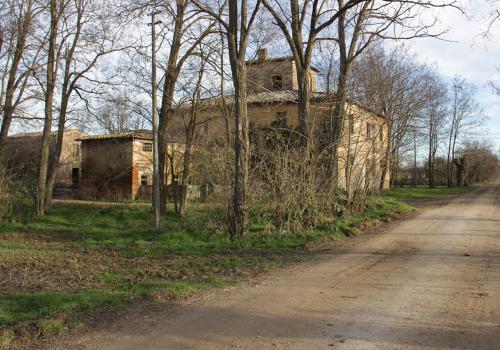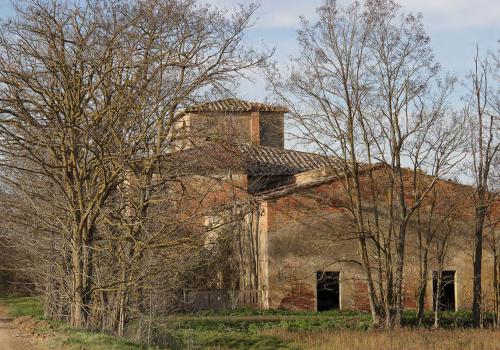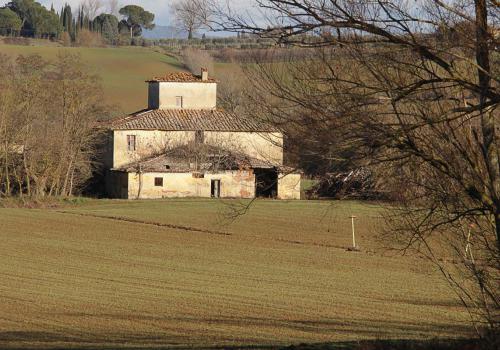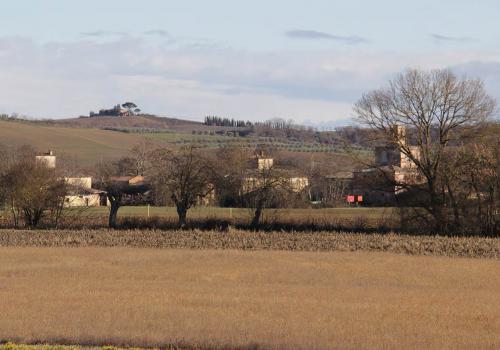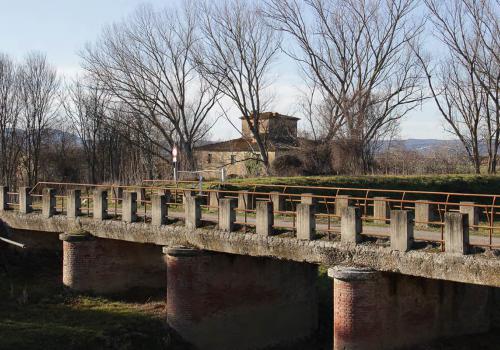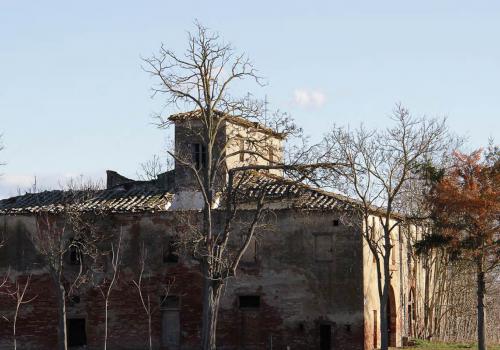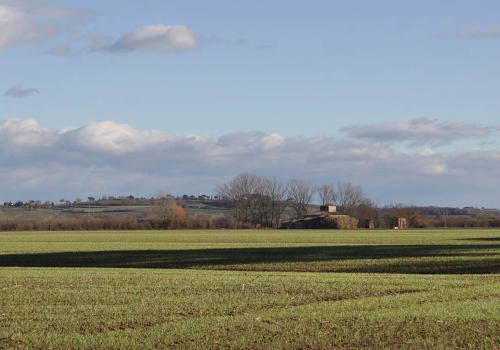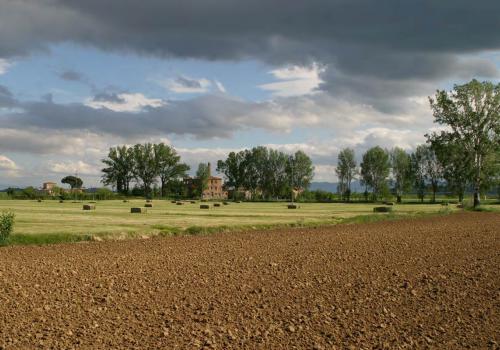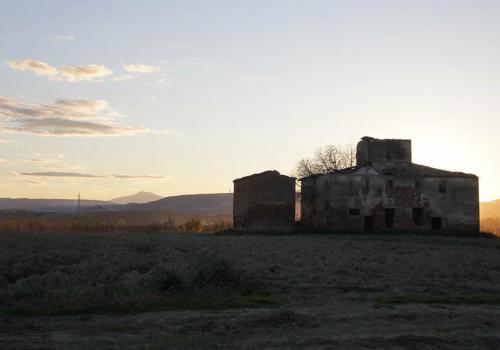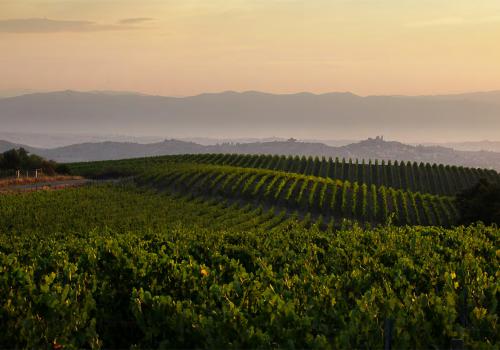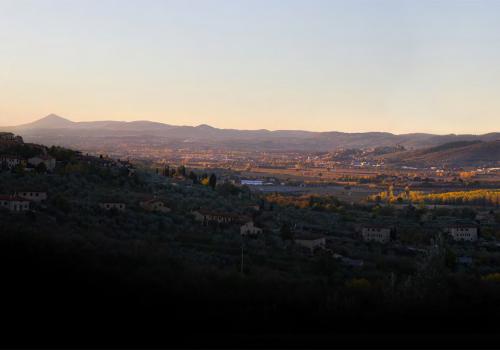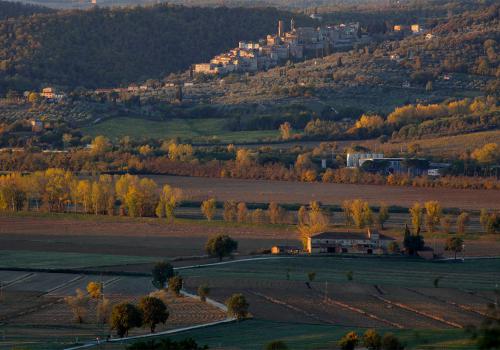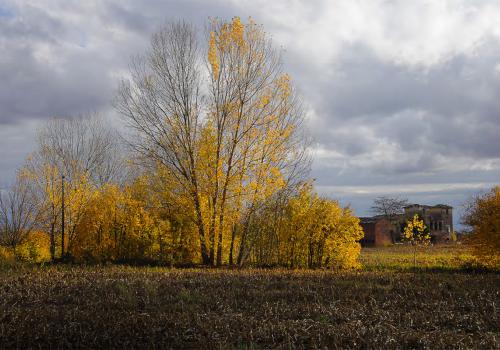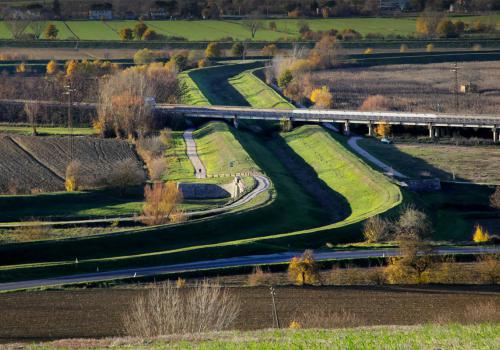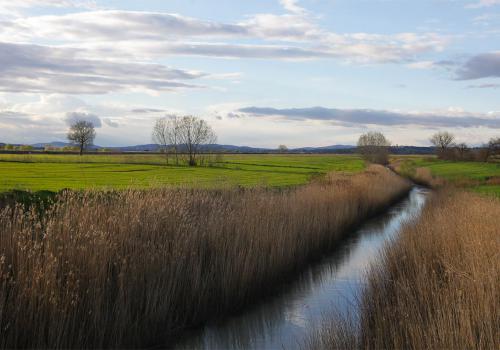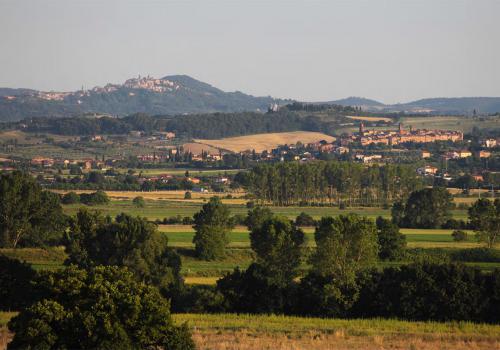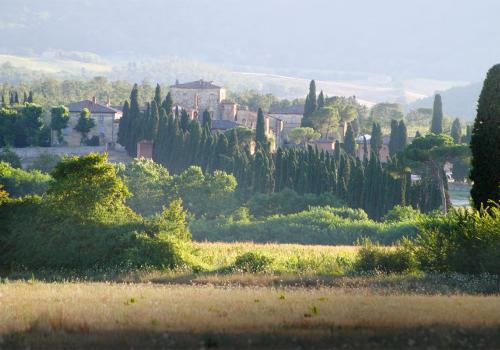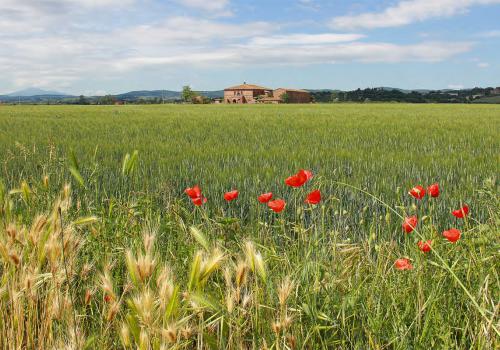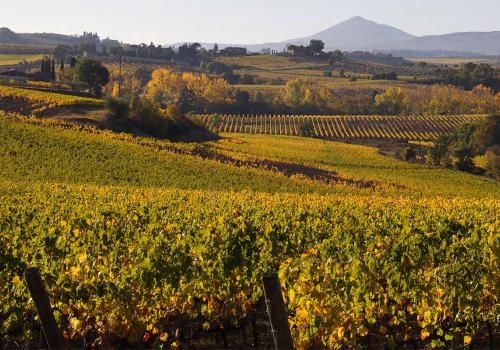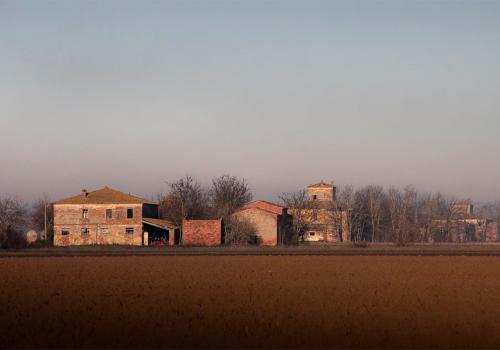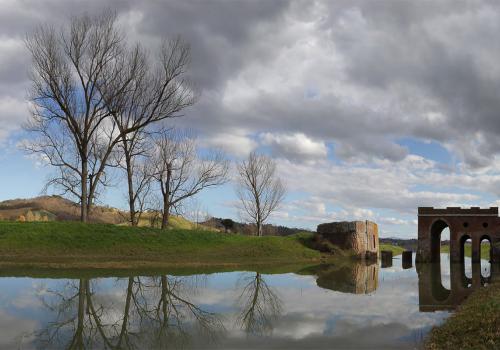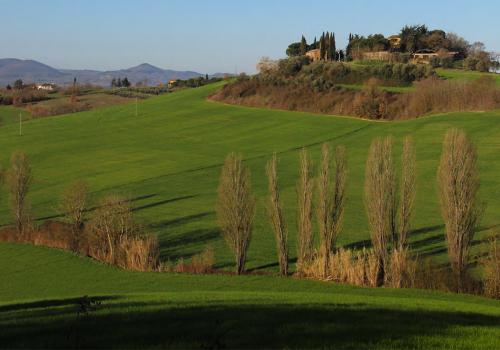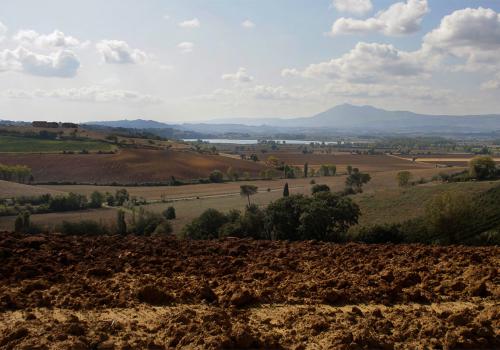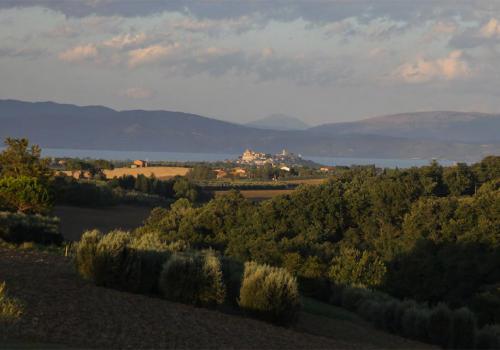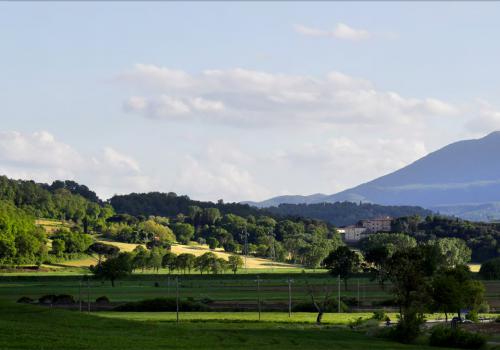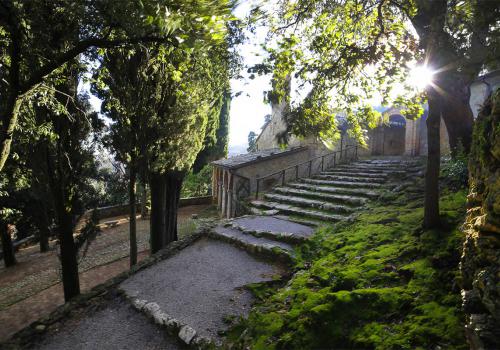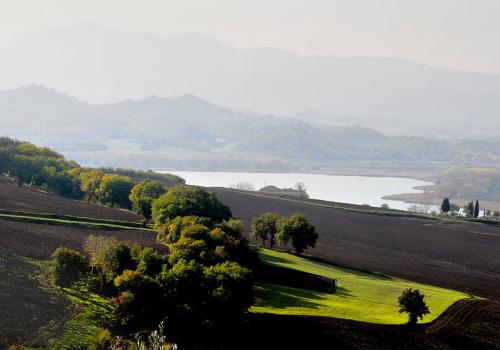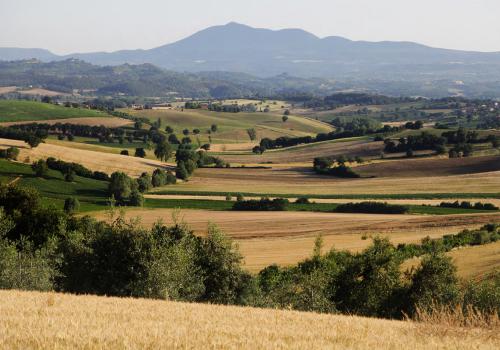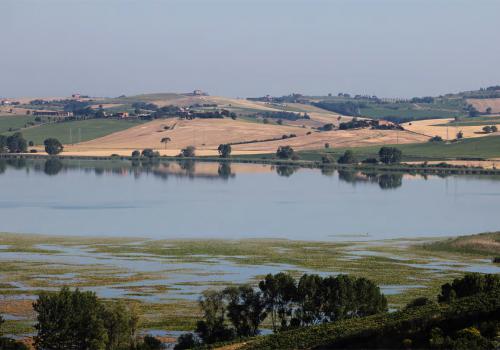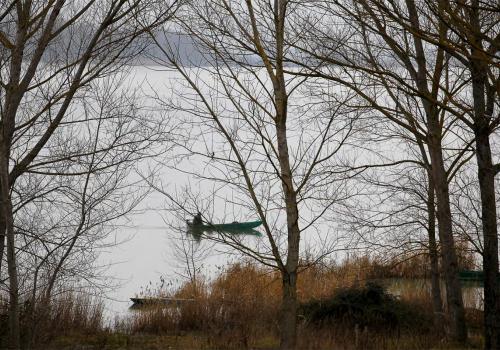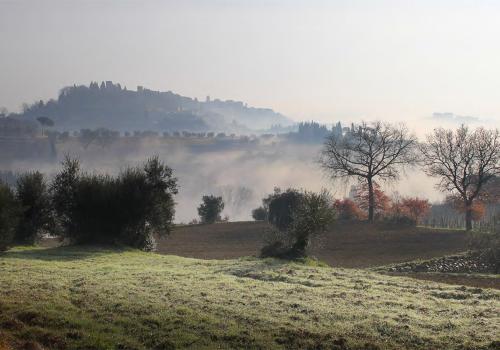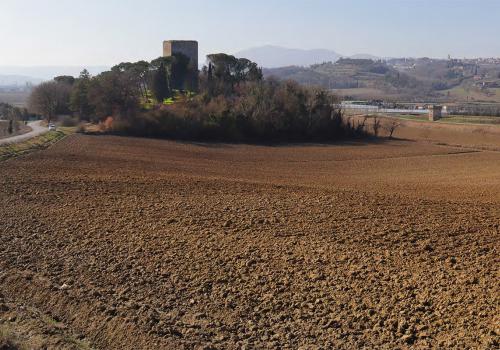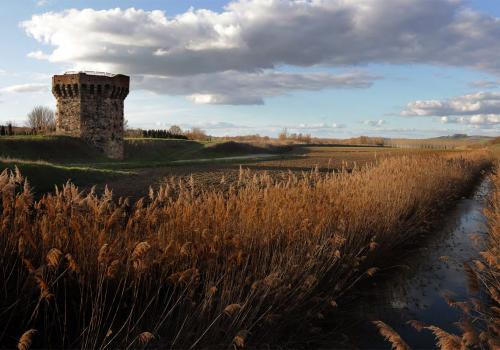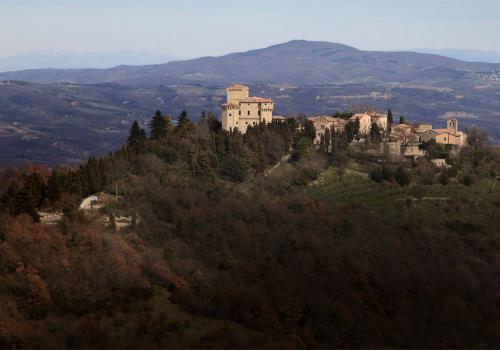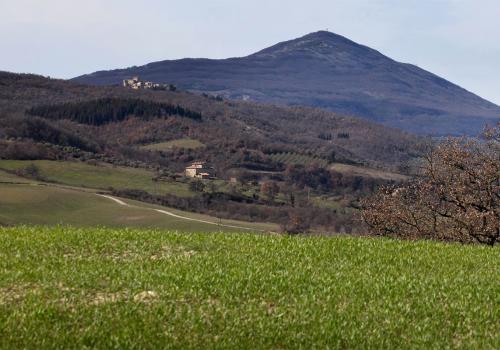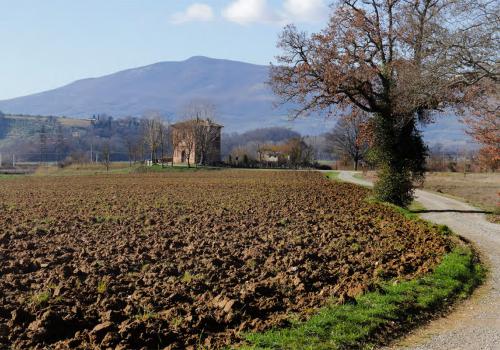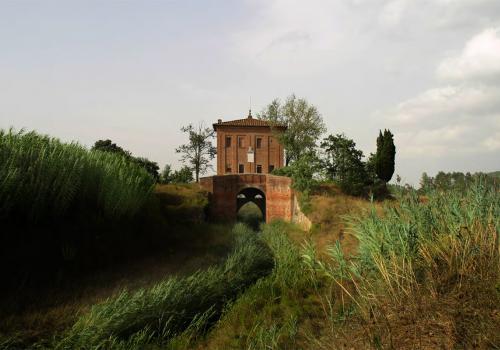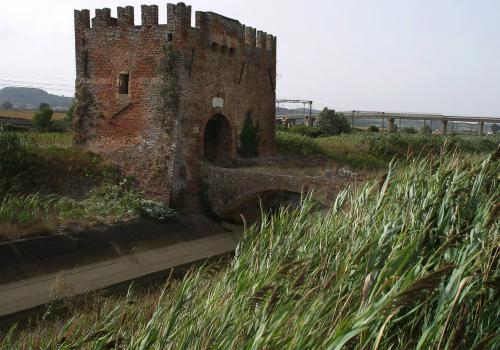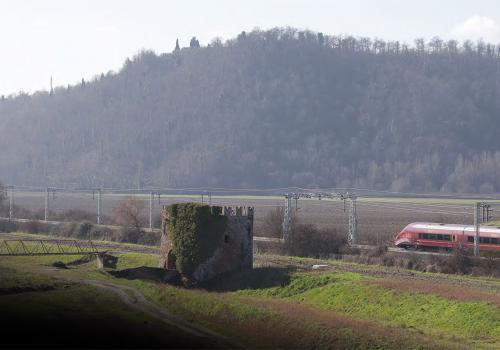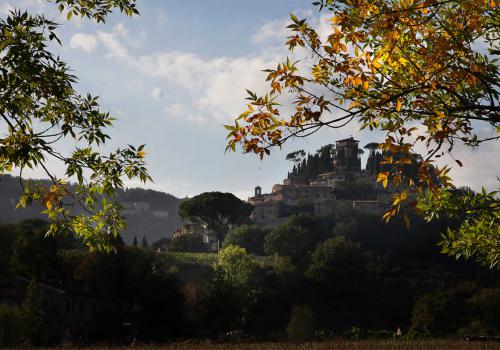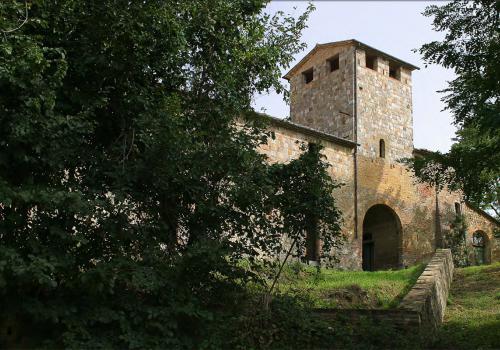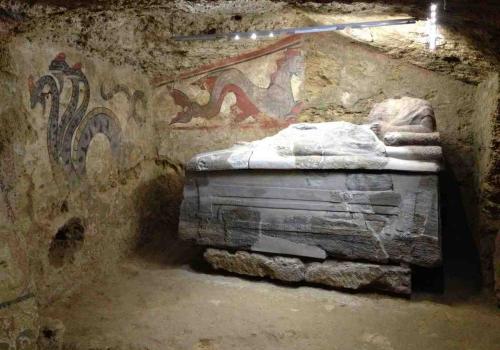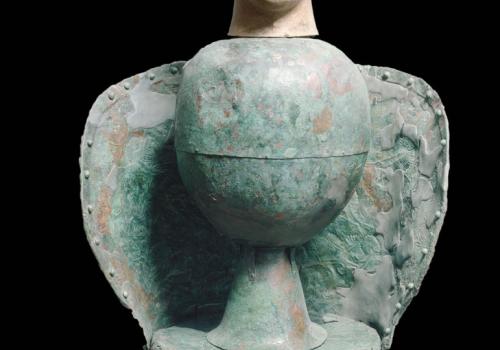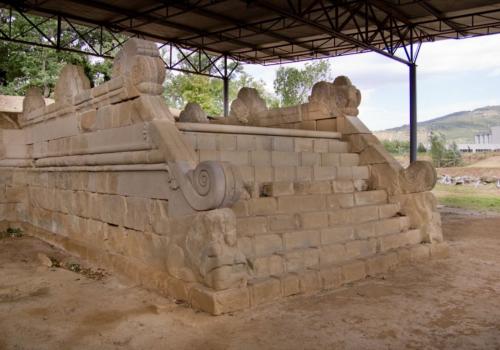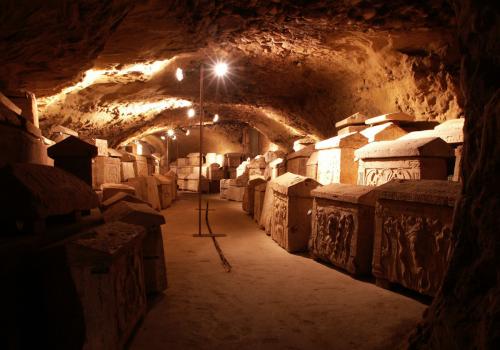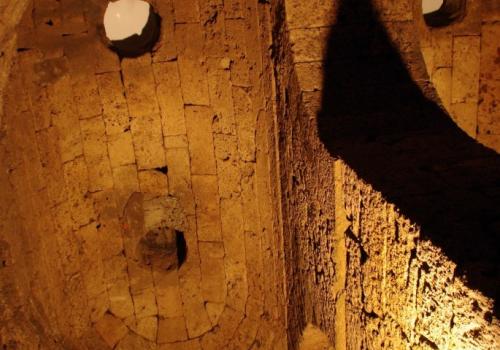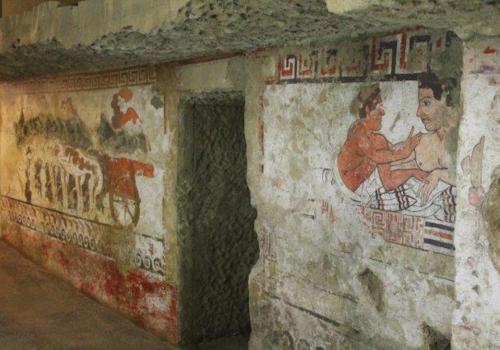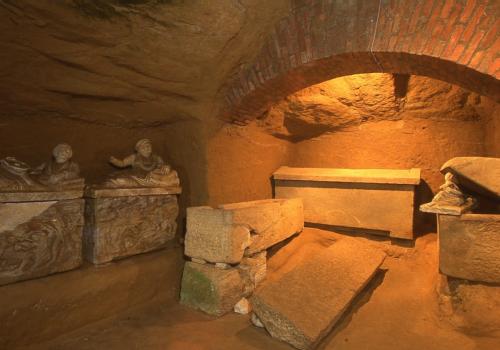On the trail of the Chianina
The Valdichiana is known as the “Valley of the White Giant”.
That is where the Chianina was born: it is the most popular cattle breed in the world, for the whiteness of its mantle, the noble appearence, the impressive size and the quality of the meat.
The Valdichiana is known as the “Valley of the White Giant”.
That is where the Chianina was born: it is the most popular cattle breed in the world, for the whiteness of its mantle, the noble appearence, the impressive size and the quality of the meat.
The Chianina breed has very ancient origins.
Evidence of its existence can already be found in texts of the Georgians and Latin poets.
It is also represented in bronzes from the Etruscan and Roman periods and in several bas-reliefs, including the one sculpted on the famous Arch of Titus in Rome.
In the past, the Chianina was used in triumphal processions and in sacrifices to the gods, then it was used in working the fields
and in reclamation works as a driving force, and now it is bred exclusively for the production of a meat that is known and sought after all over the world for its high quality, tenderness, unmistakable flavor and nutrient content.
It is also an engine of socio-economic development also due to its attractiveness in the field of rural and sustainable tourism, so much so that many farms have opened their doors to offer an experience in direct contact with the white giant.
Grand Ducal farms and Leopoldine houses
The reclamation of the Valdichiana allowed the resumption of agricultural activity and the rebirth of large farms.
In order to finally exploit the fertility of the reclaimed lands, on the will of the Grand Duke, the majestic Grand Ducal farms and Leopoldine houses were built, both cultural expressions of peasant civilization.
The architectural quality of these structures, which in the past used to host the peasants, testifies to the importance of a valley, considered by the whole Grand Duchy to be "the granary of Tuscany".
Even today, the landscape of the Valdichiana is dotted with farmhouses that can be easily identified by their characteristic dovecote tower: a peculiarity that the valley proudly shows as a prove of its past.
(Photos by Ariano Guastaldi).
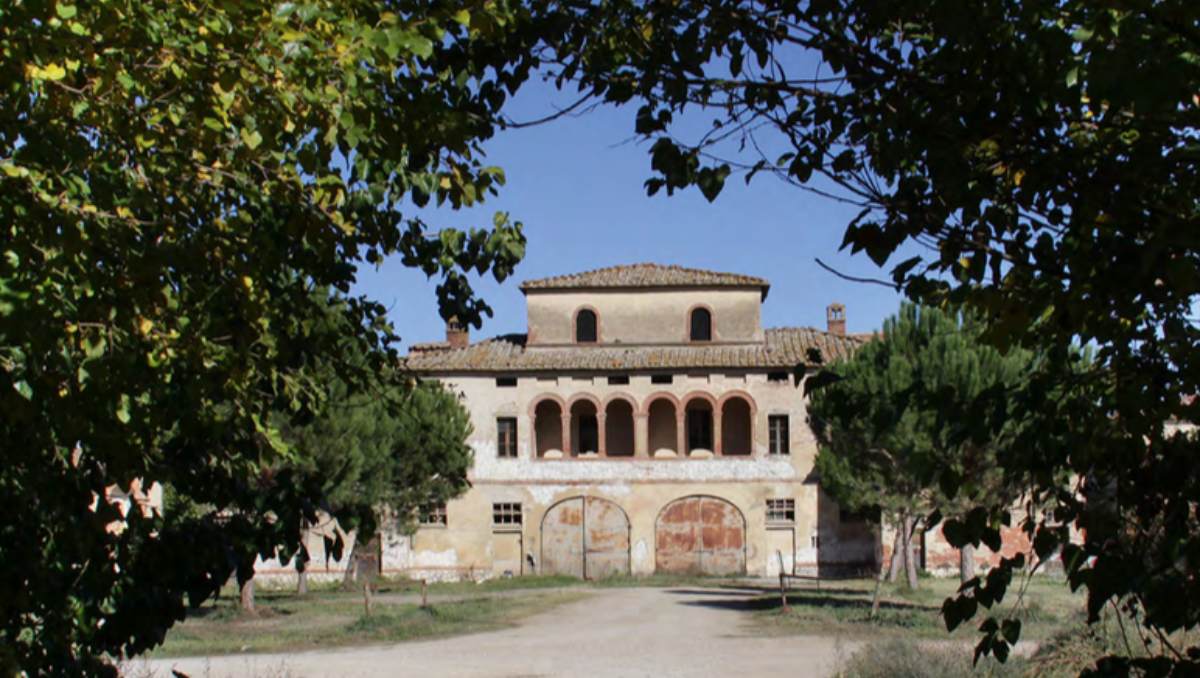
The land reclamation works
Streams, canals, tunnels, sluices and bridges: the Valdichiana is a successful proof of how human ingenuity can wisely work at the service of a territory, enhancing its nature and making it one of the greenest and most fertile areas in Italy.
Streams, canals, tunnels, sluices and bridges: the Valdichiana is a successful proof of how human ingenuity can wisely work at the service of a territory, enhancing its nature and making it one of the greenest and most fertile areas in Italy.
The history of the valley revolves around the Clanis river, a true cradle of civilization since the time of the Etruscans who, on this watercourse, started a thriving agricultural production and intense trade.
Over the centuries, the Clanis has found it increasingly difficult to flow south towards the Tiber. That led to a slow but progressive swamping of the Valdichiana.
The reclamation work began thanks to the Florentine Medici family and were continued by the Lorena family, which commissioned the most important engineers, plumbers, agronomists and architects of the time to recover the completely unproductive territories.
Among these we recall Vittorio Fossombroni convened by the Grand Duke Leopoldo to complete the reclamation.
The construction of the new Canale Maestro della Chiana was decisive. It was a magnificent work that favoured the retreat of the marsh and reversed the direction of the waters which ended up flowing into the northern part of the Arno river, and no longer southward into the Tiber.
(Photos by Ariano Guastaldi).
Valdichiana, the Etruscan land
The Etruscan civilization has its roots in the Valdichiana. Some of its most important city-states flourished along the Clanis river which allowed a thriving and constant trade link, first between the Etruscan different settlements, and later with Rome.
The cultural and artistic development experienced by the Valdichiana in that period is still witnessed today by the numerous monumental tombs and by the archaeological remains preserved in the museums of the valley.
